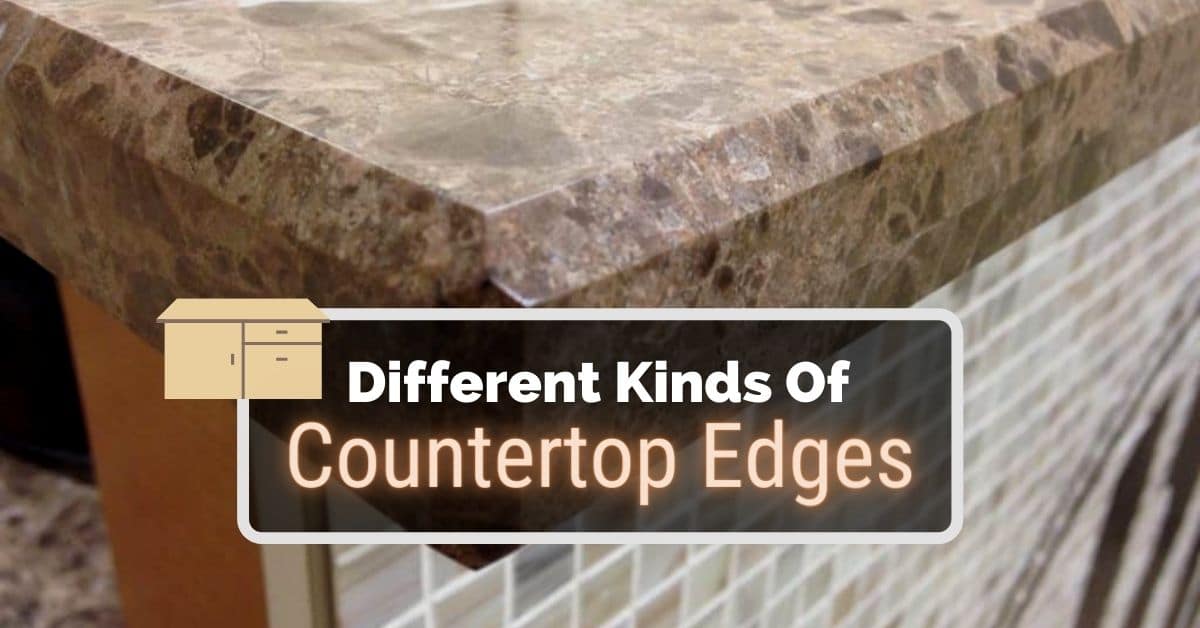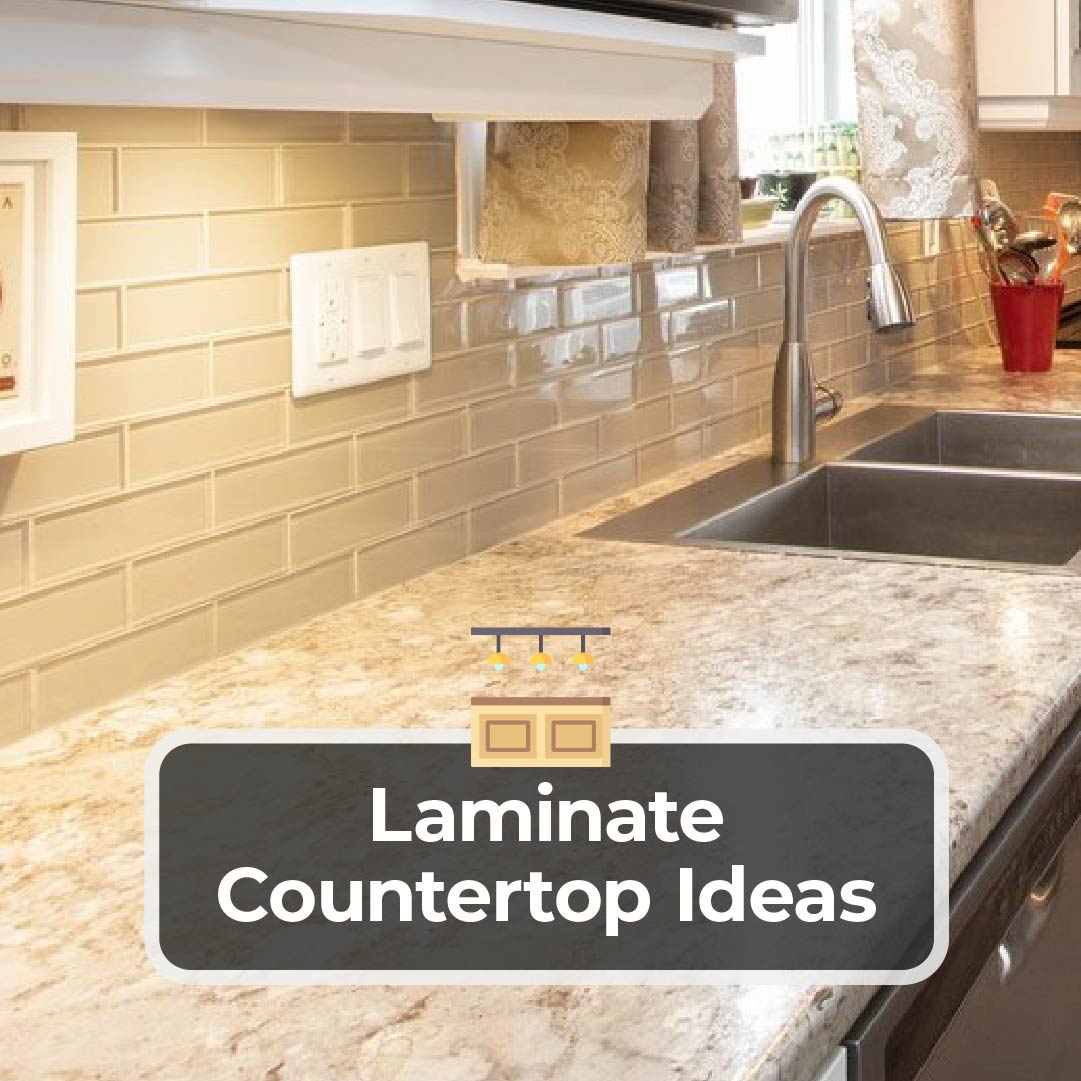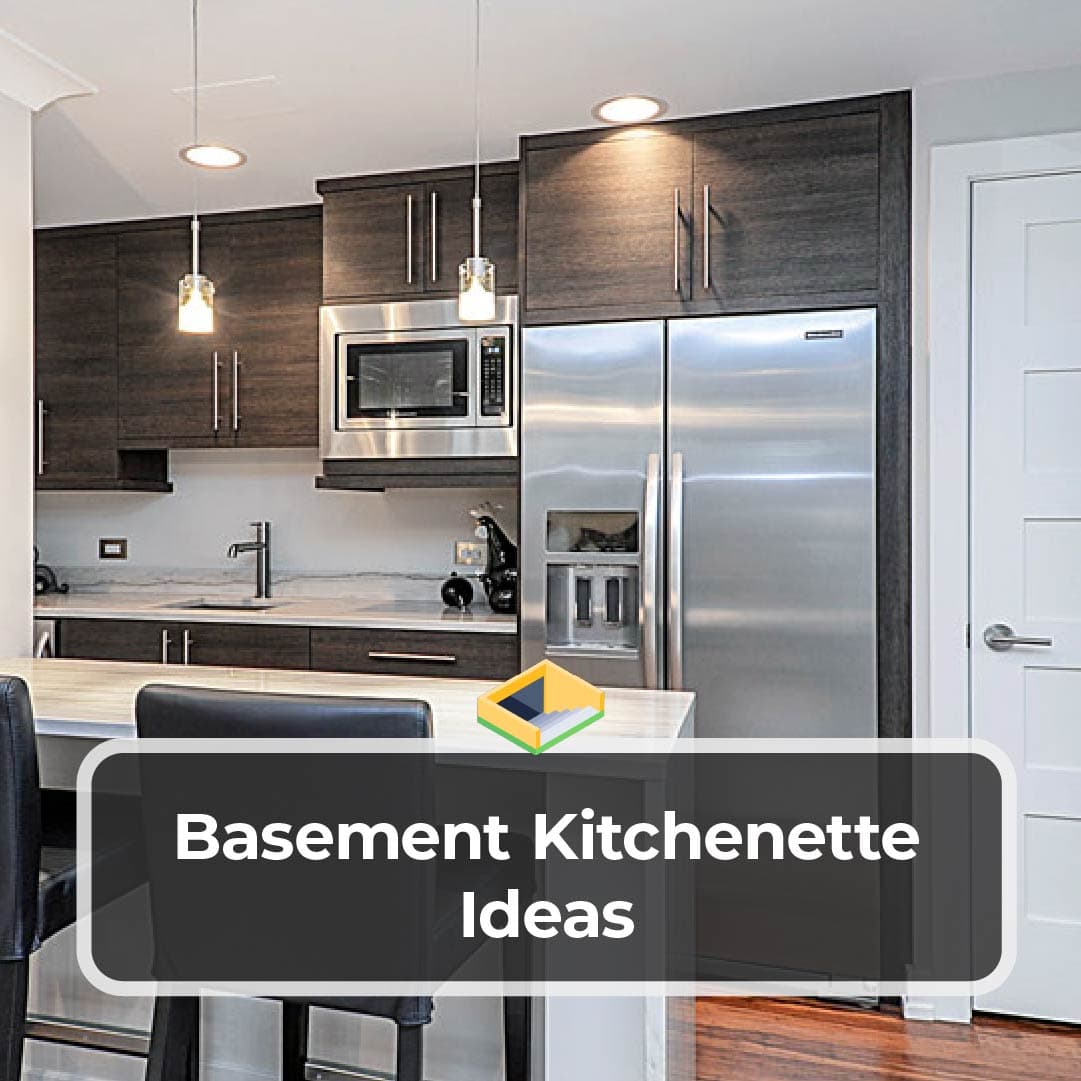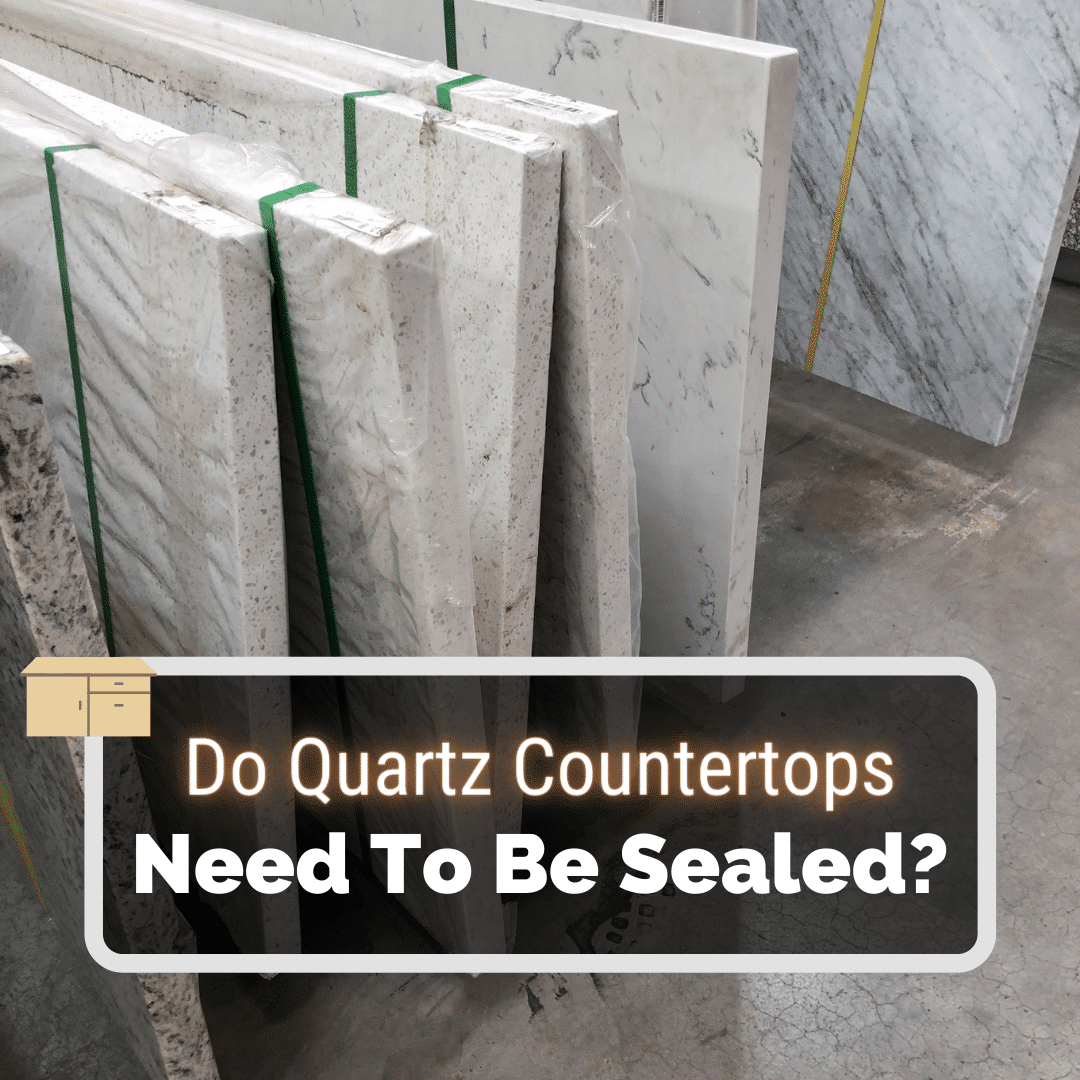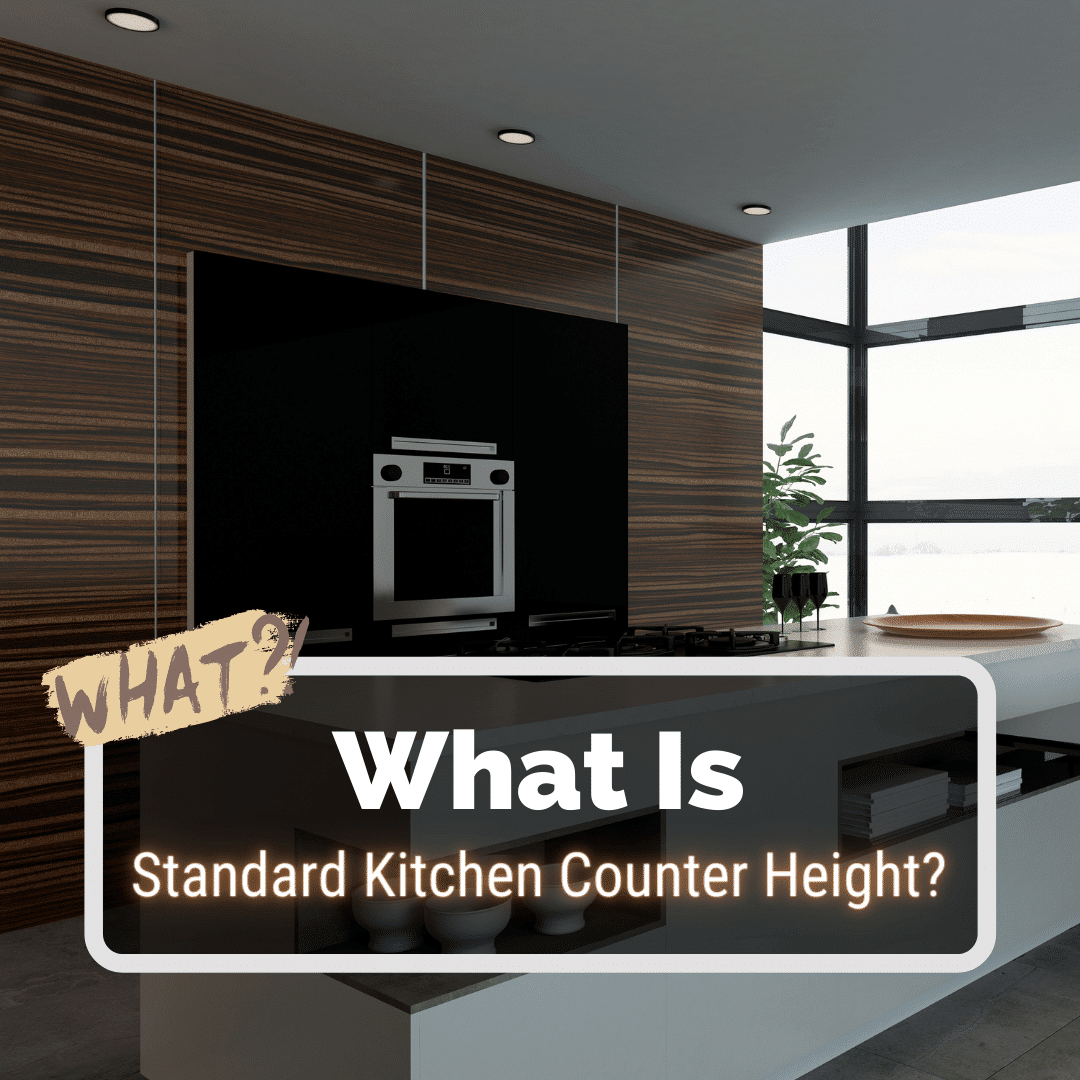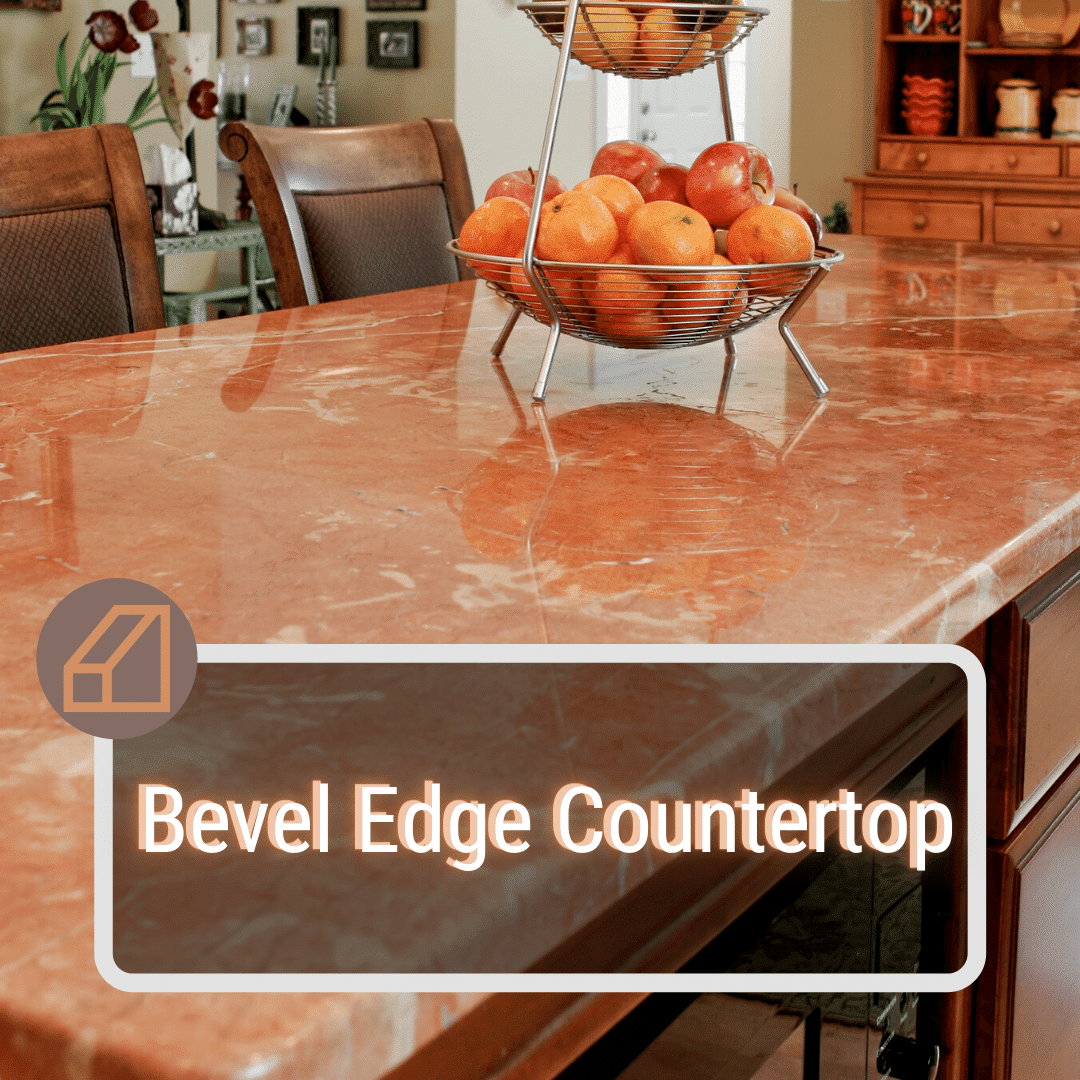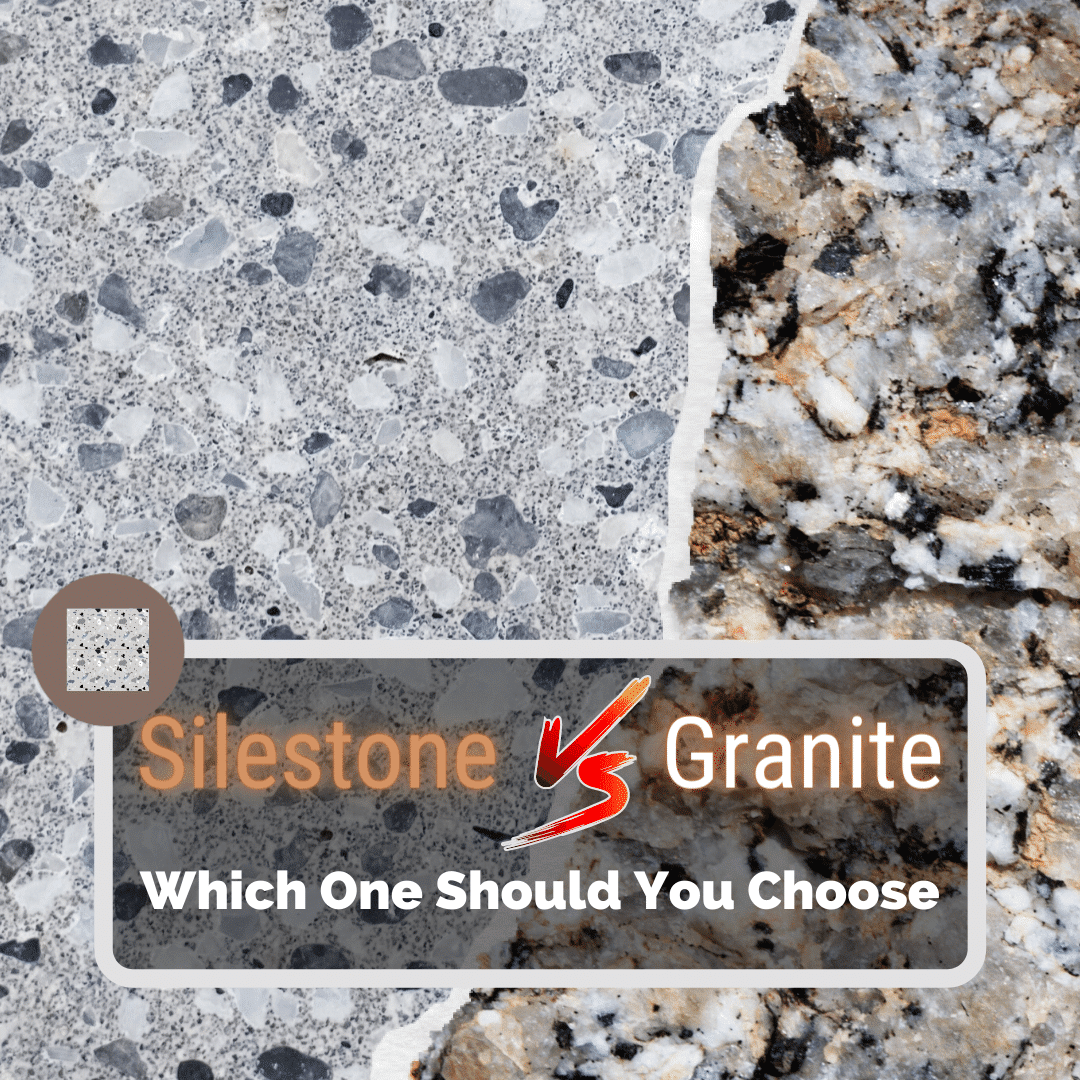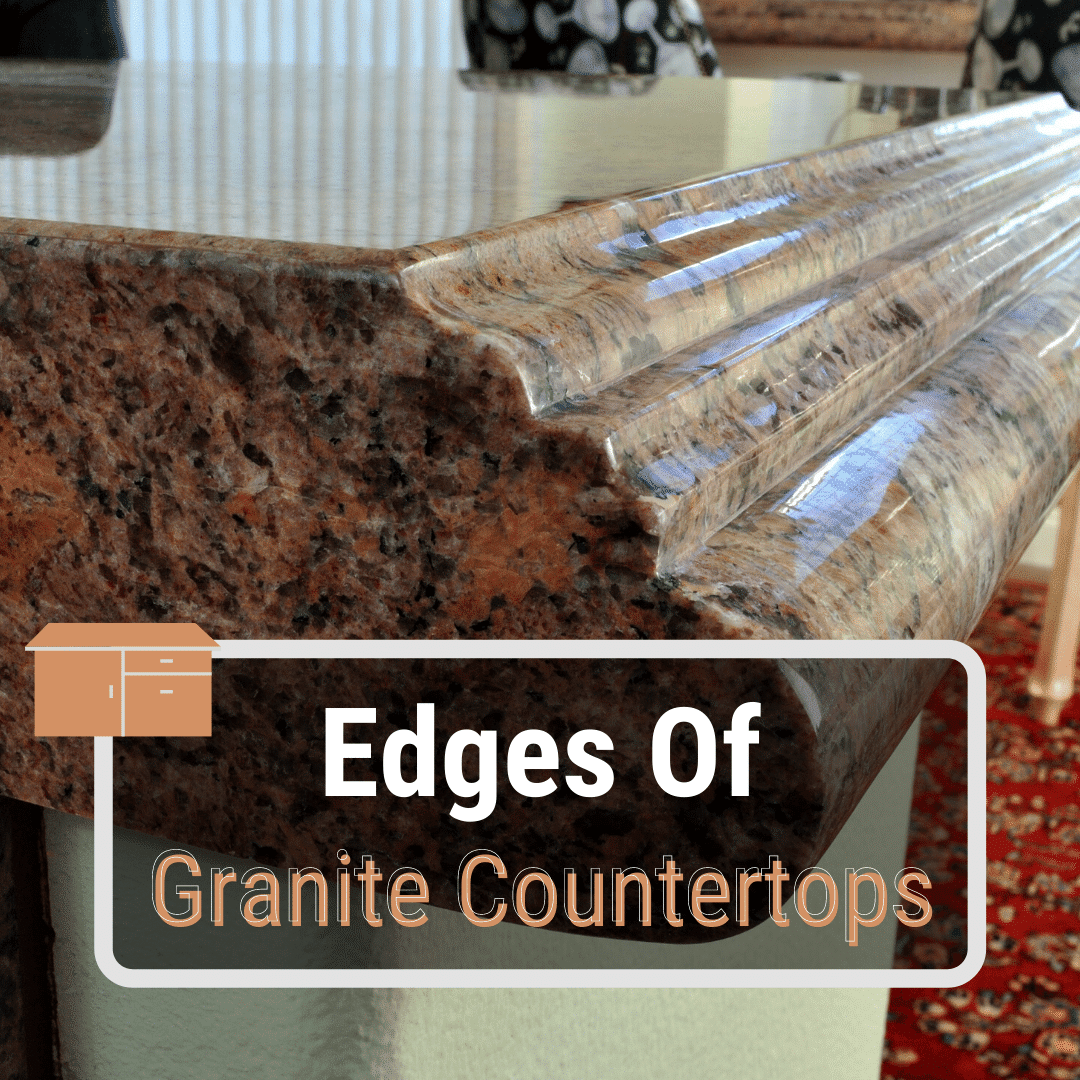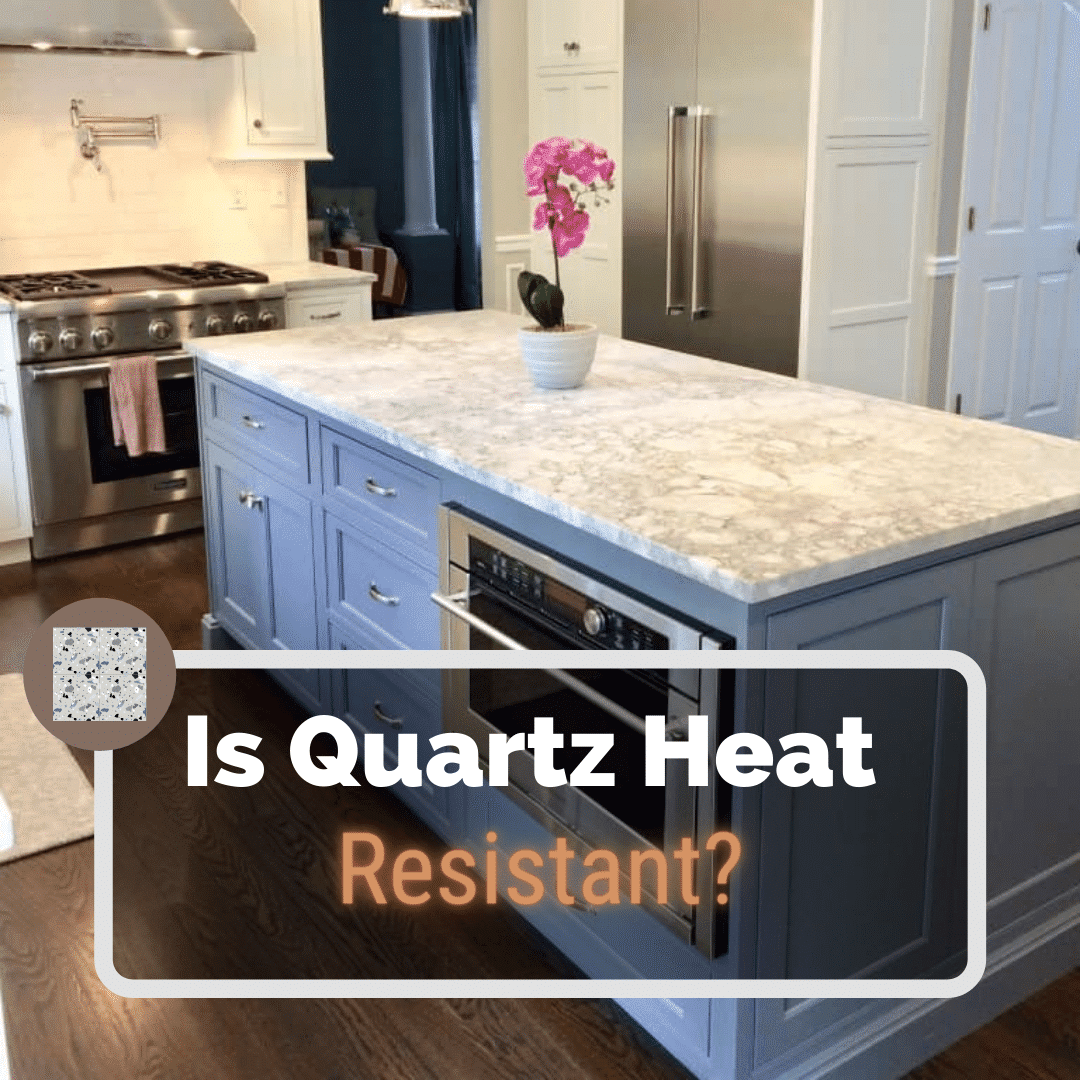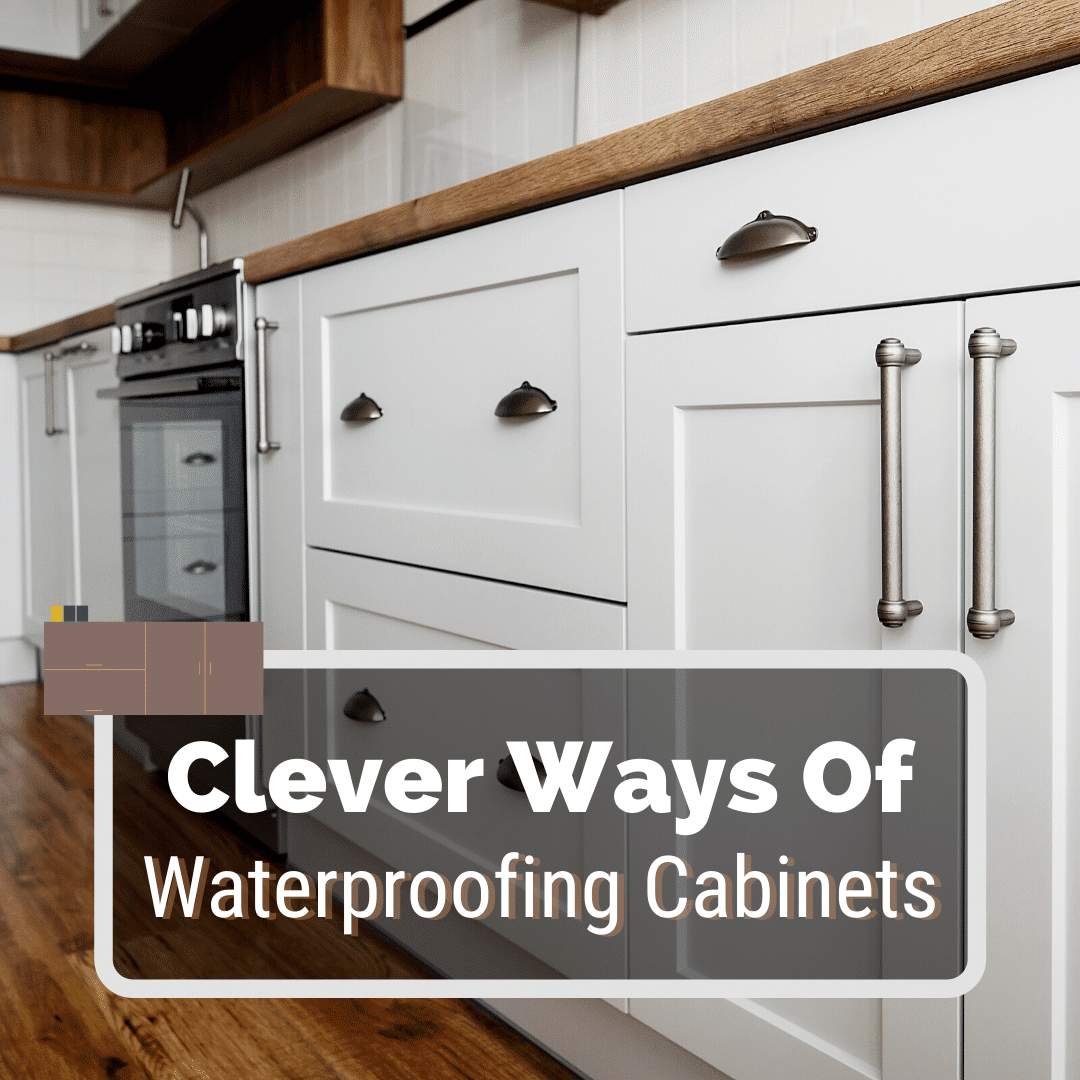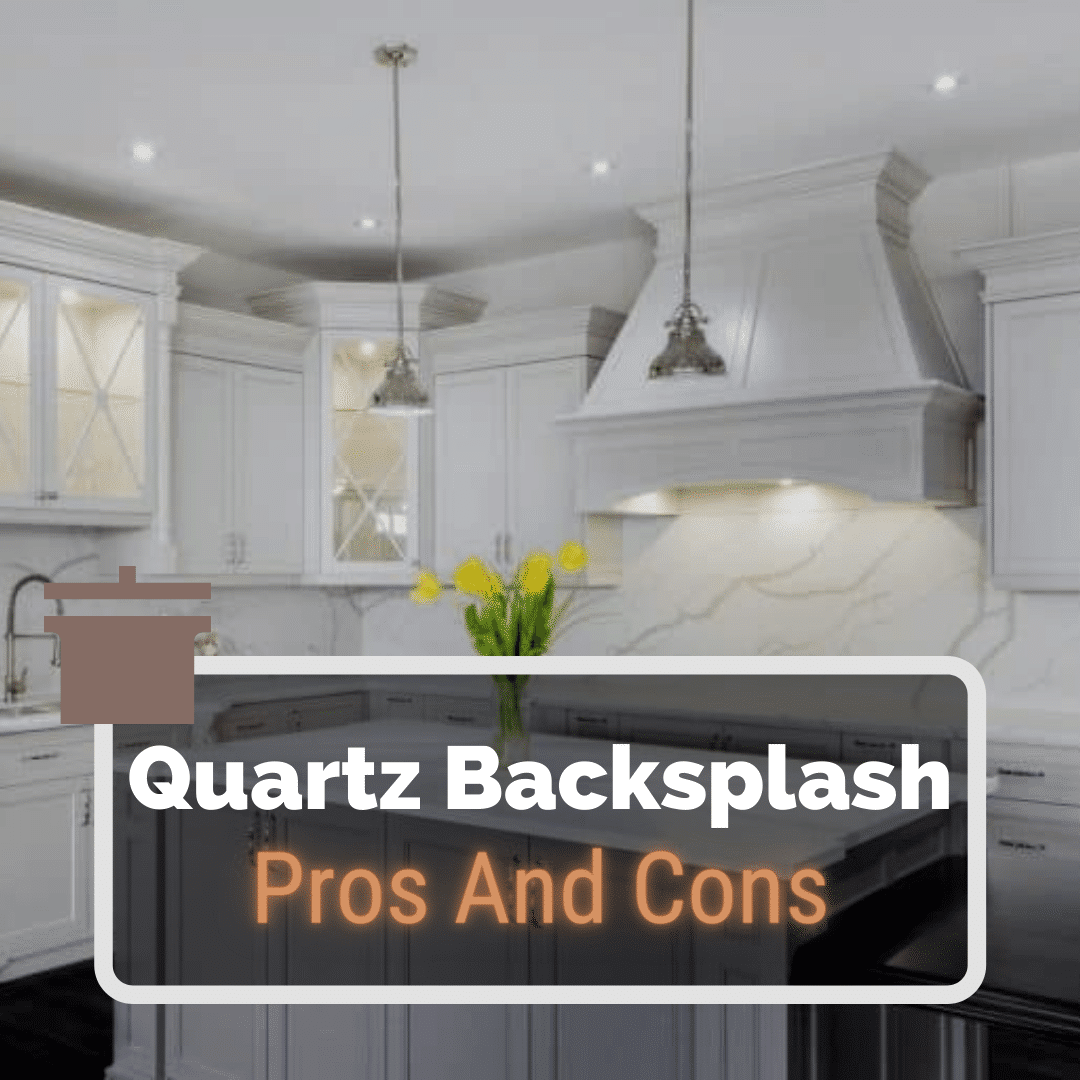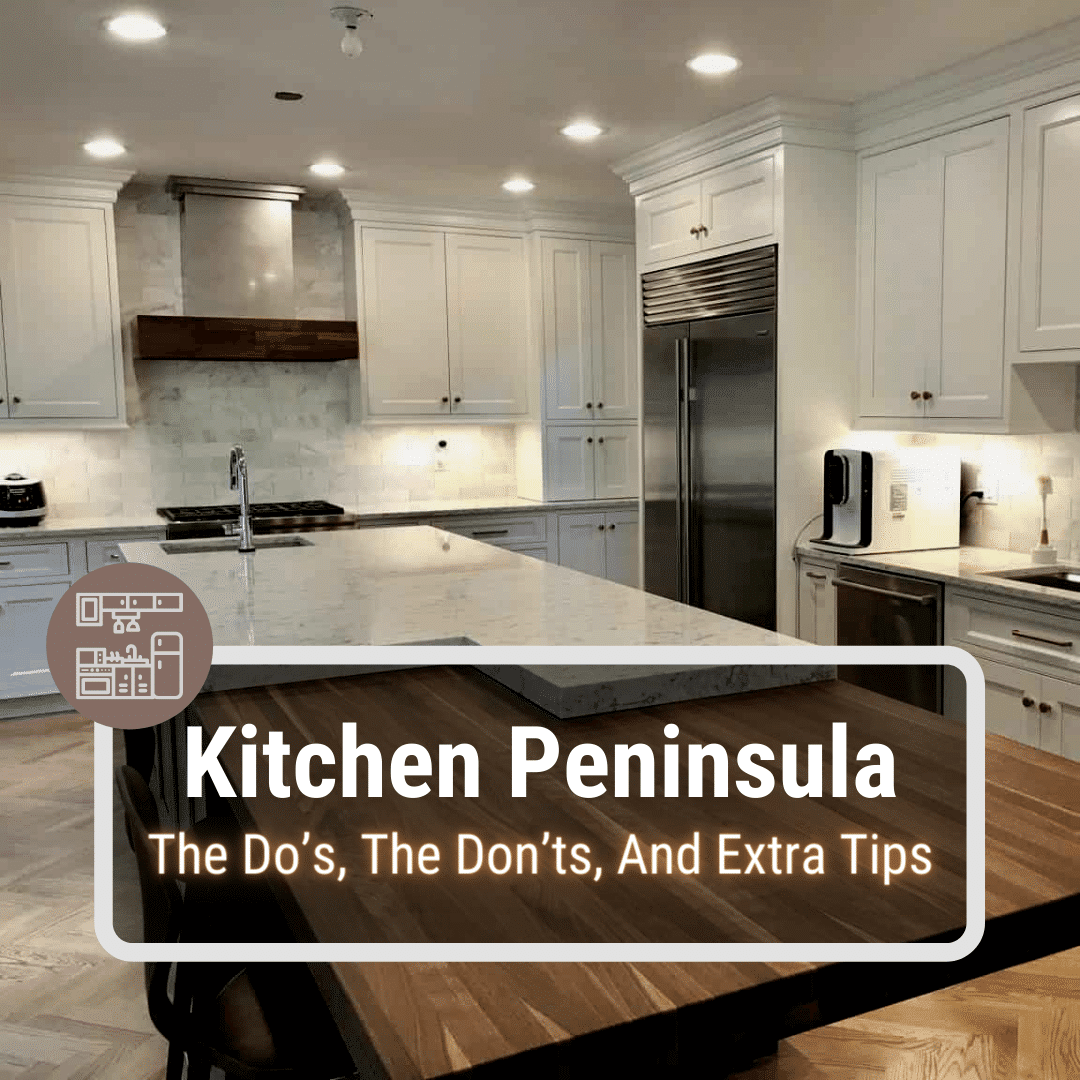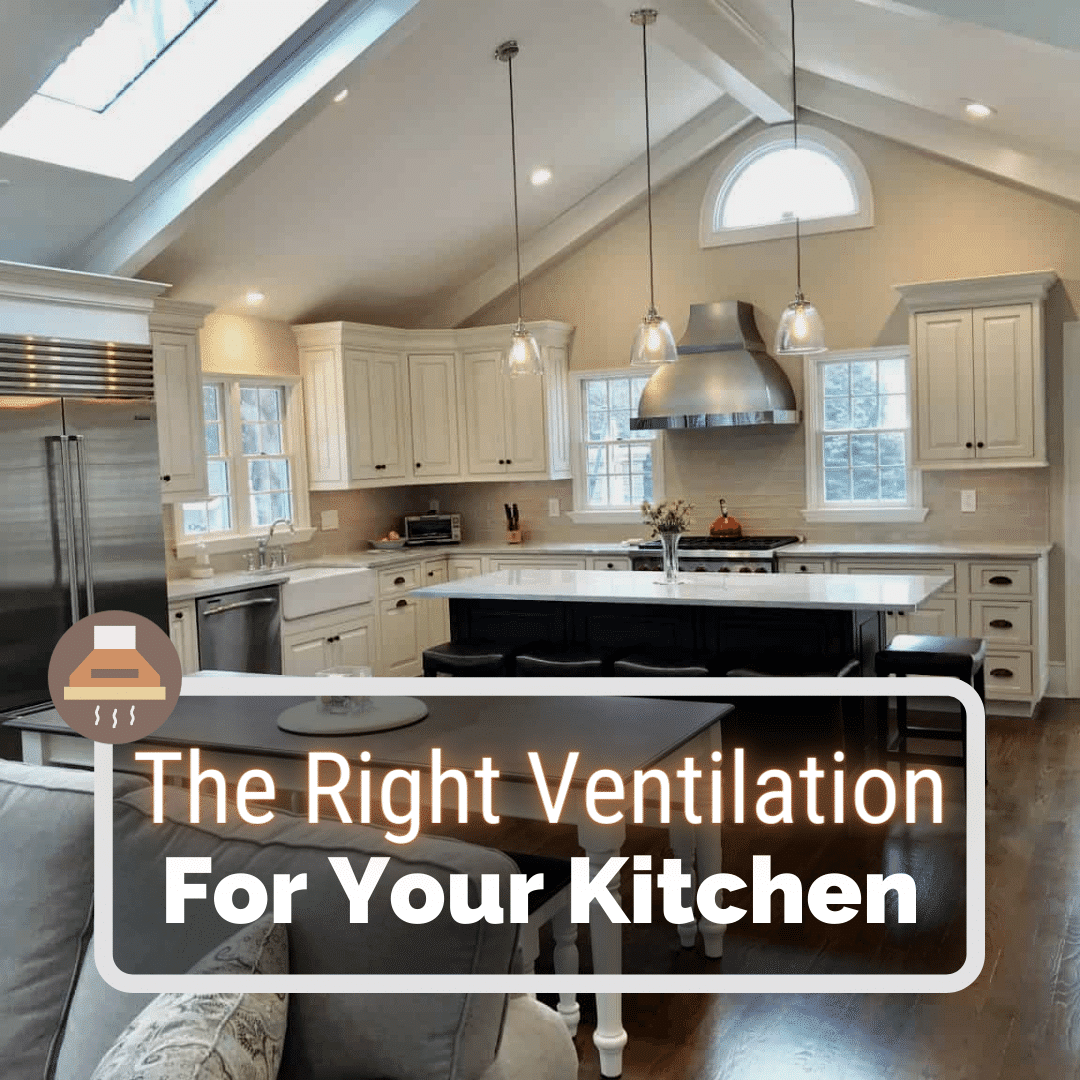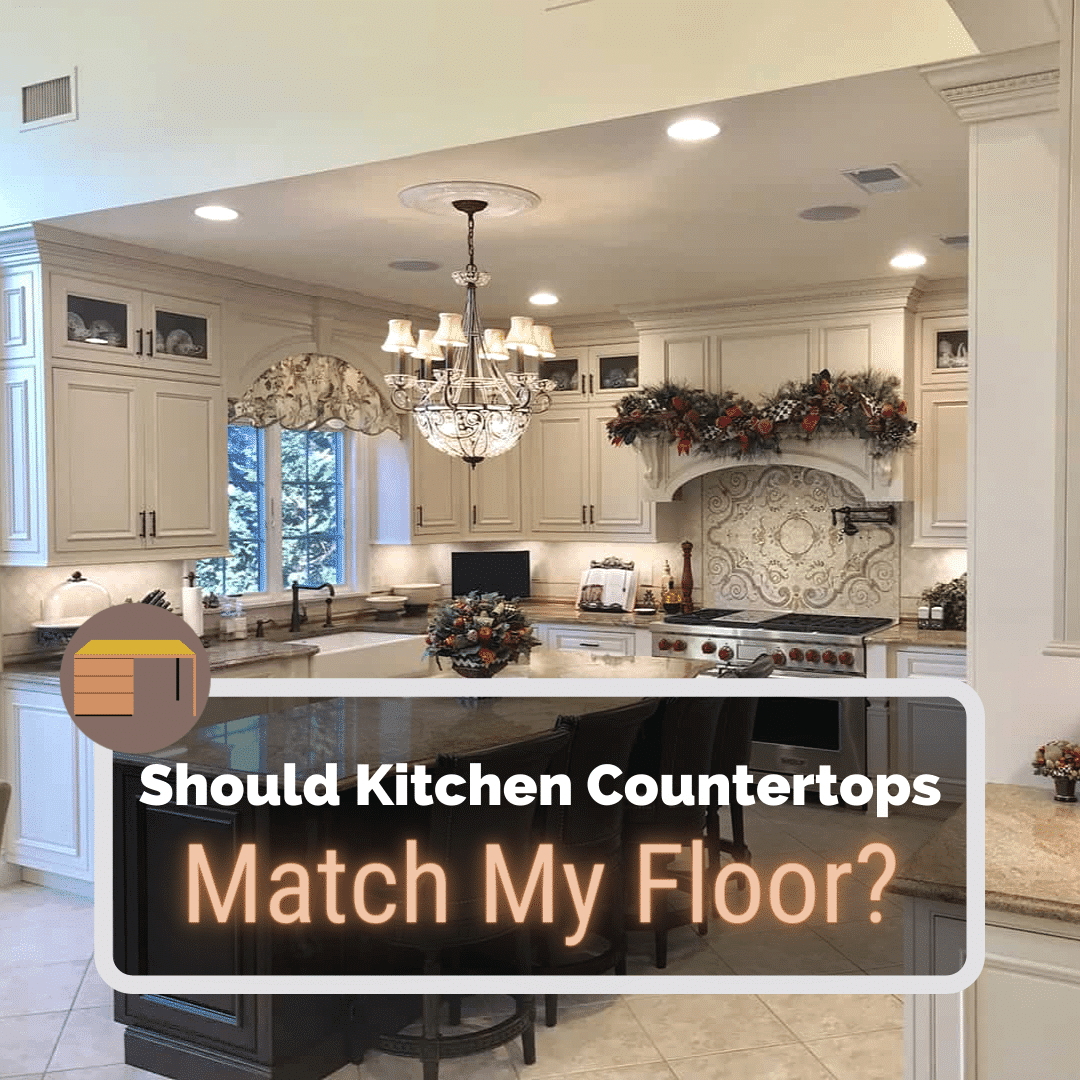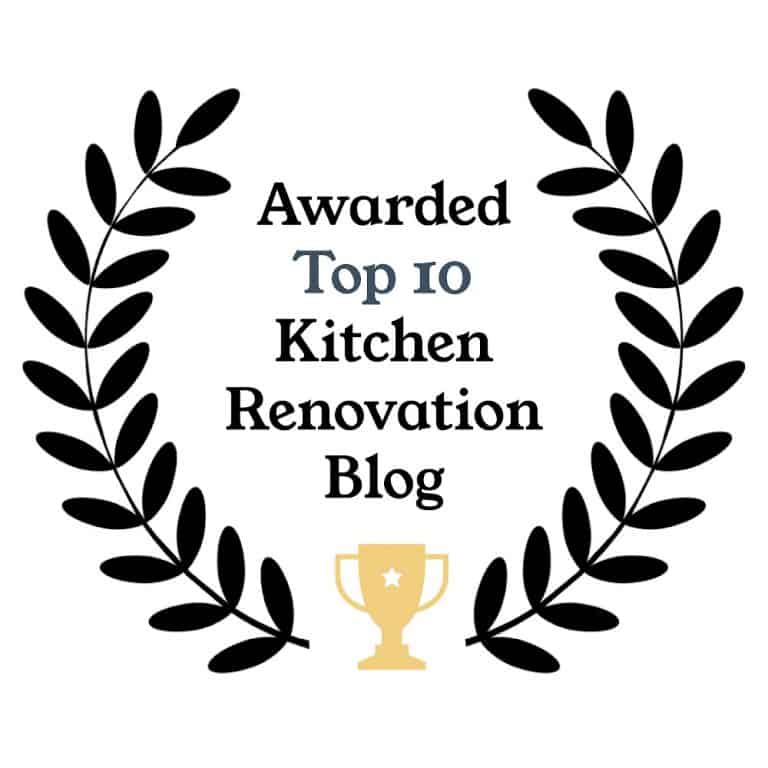When you’re designing a new kitchen, one of the things you might forget about is the style of countertop edges you want or countertop overhang. Though it seems like a minor detail, the edging on countertops can make your kitchen design feel dated, modern, or somewhere in between (also known as “transitional“).
So, do you know what the most popular kitchen counter edges are? Do you know your countertop edges pros and cons? Our Kitchen Infinity team will take a look at 5 popular counter top edge designs and show you their advantages and drawbacks in terms of style, design, safety, and whether they’re easy to clean.
Let’s choose the best chiseled edge options for you!
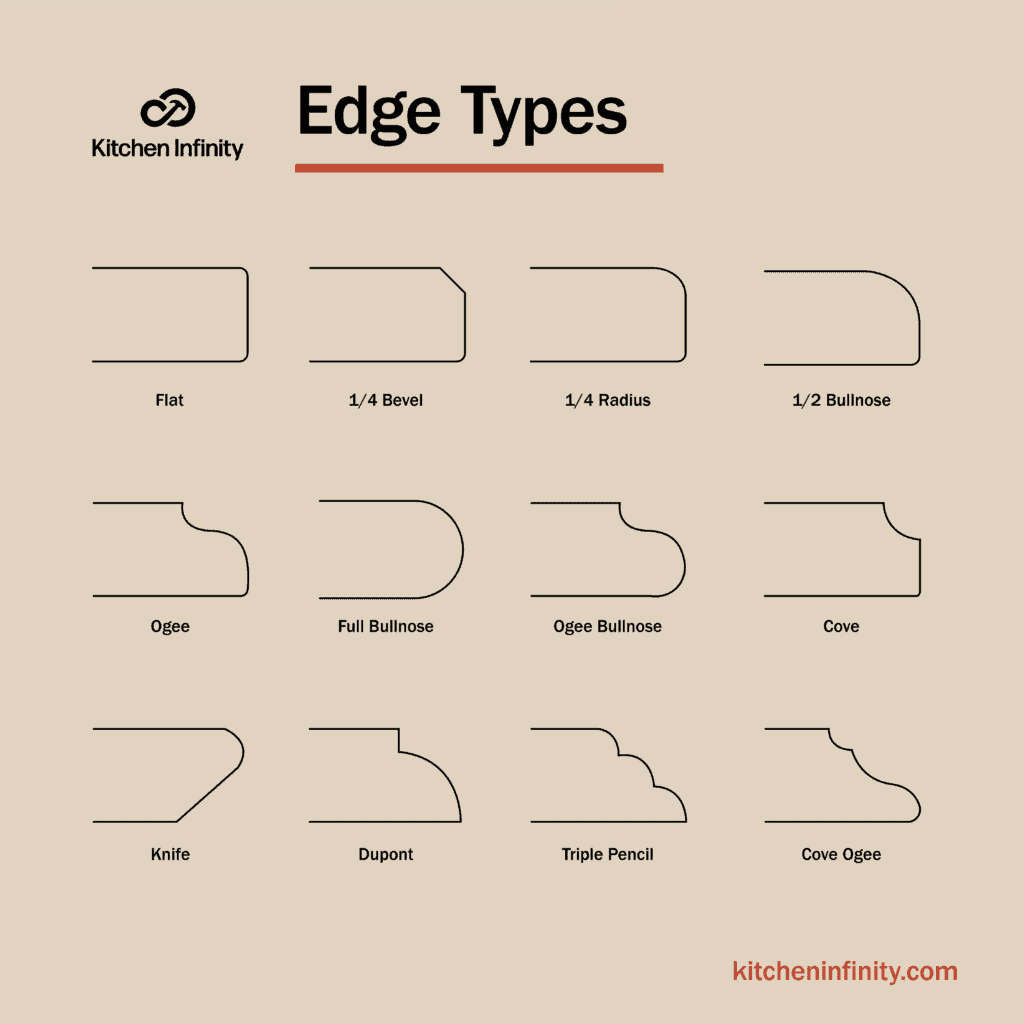
Countertop Edges Pros and Cons
There are several types of countertop edges and each comes with its own advantages and disadvantages.
1. Full Bullnose Edge Profile
One of the simplest designs you’ll see for countertop edges, a full bullnose edge style curves all the way around. It’s a great modern design which keeps things safe if you have children, though this edge isn’t very easy to clean. If you try to wipe crumbs off this edge profile, they’ll usually slide underneath the kitchen countertop due to the eased angle.
Nonetheless, the full bullnose edge remains very popular for countertops all over the world, owing to its practicality and family safety. It's one of the most popular options for granite countertops in particular! This countertop edge features many pros and cons to consider, but it’s not going away any time soon.
Pros
- Full bullnose edges are very safe edge if you have small children
- Modern and contemporary stone edge style
- Easy to prevent damage to your kitchen countertops
- Can work in a traditional kitchen
- Works well with quartz, granite, dupont, natural stone & more
Cons
- Liquids easily spill over bullnose edge and into your cabinets
- It’s hard to clean crumbs off your countertop because they go underneath the curved surface of bullnose edges
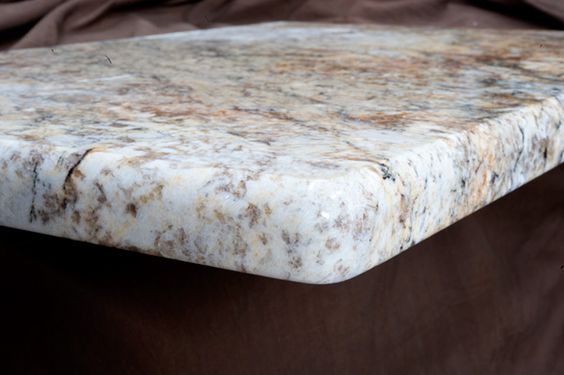
2. Ogee Edge Profile
An S-shaped design associated with opulence and luxury, you may have seen an ogee edge if you’ve ever stayed in a fancy hotel or visited a high-class . Ogee edges are generally safe around small children, though it’s a pain to clean and can look a little “too much” if you use it all over your kitchen.
You can also consider the granite double ogee edge – a timeless, classic edge profile.
There are many different types of ogee edge, and this style can be particularly opulent if it’s chiseled into a granite countertop or something similar. Done right, these edges can really elevate the appearance of a room. Done wrong, they can look tacky and over the top. Approach these edges with caution!
Pros
- Unique S-shaped edge design
- Opulent traditional style – has a luxurious feel to it
- Generally safe for children (no sharp corners etc.)
- Ideal for quartz or granite countertop material
Cons
- Too much ogee edge can look a bit over the top
- Best limited to a kitchen island etc.
- Standard S-shape edge is awkward to clean
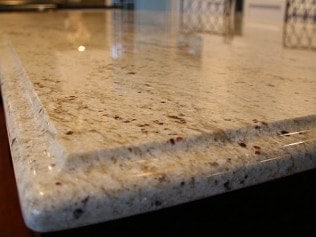
3. Half Bullnose (Or Demi Bullnose) Edge Profile
A half bullnose (or demi bullnose) edge is essentially a gentle rounded edge which slopes down to become a vertical line straight to the floor. This means that the countertop is easy to clean and wipe down, and things like water spills are easier to contain. The main downside is that they’re not quite as child-safe as a more rounded edge.
While a demi bullnose edge isn’t exactly the most luxurious design in the world, simplicity is key here. If you want to clean your countertop and keep things simple, then this is a really good edge to go for. However, if you like class and luxury, this edge will drag the appearance down a little.
Pros
- Countertop is pretty easy to clean and wipe down
- Relatively cheap and modern kitchen countertop design
- Easier to contain water spills etc
- Clean, simple edge features good for stone countertops
Cons
- Not as child-safe as a regular bullnose edge
- Half bullnose countertop edges are quite common-looking
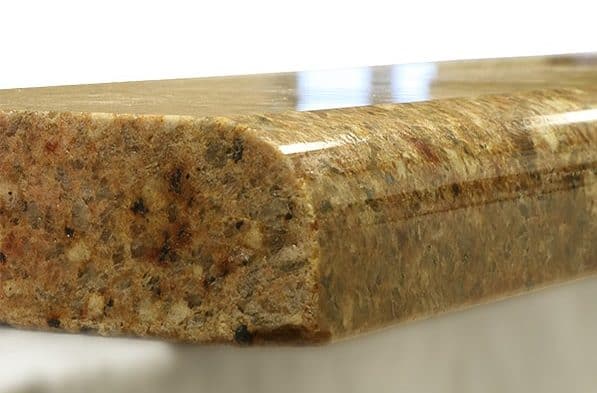
4. Beveled Edge Profile
One of the classiest best countertop edge designs, a beveled edge can look like it’s modern or classic depending on the style of kictchen and stone (natural, artificial, etc). With a modern twist on the straight edge, beveled edges are a great all-rounder style of countertop edge. Done on quartz countertops, beveled edges will add a modern custom touch to your kitchen design. These edges are easy to clean and spills will fall straight onto the floor instead of seeping into your kitchen cabinets, which is a nice plus.
The main downside with these edges is that they’re not very safe for children – the edges are fairly sharp and could injure kids if they run into them when playing. Some people also think that these edges don’t look very “fancy”, but I believe that’s down to a matter of taste. I personally think that these edges are very fancy, so each to their own I suppose. The 45 degree angle has a unique appearance for sure.
Pros
- This 45 degree angle countertop edge style can look modern or classic
- Liquids spill straight to the floor so they don’t ruin your cabinets
- Simple and easy design to clean and wipe down
- Great with quartz and granite countertops material options
Cons
- Not the most opulent look in the world
- Children can be easily injured on these countertop edges

5. Square Edge Profile
If a rounded edge or eased edge isn’t really your thing, maybe you want a square edge profile instead! Square edges suits basically all styles of home, especially more modern designs. Square edges are cheap, very easy to keep clean, and less likely to sustain damage than more eased edge and round edge options.
The problem with these edges is they’re very dangerous if you have young children, as they’re literally just a sharp corner begging to be ran into. Also, some people don’t want these edges because they think their designs are too minimalist, but minimalism has been in fashion for decades at this point and doesn’t seem to be going away.
Pros
- Suits basically all styles of home (traditional, modern etc.)
- Cheap and affordable edge to make
- Less likely to sustain damage
- Easy to wipe crumbs off the countertop edge
- Great with new granite, quartz, dupont stone options
Cons
- Edge design is too minimalist for some people
- Not the best edge if you have children (they could run into it etc.)
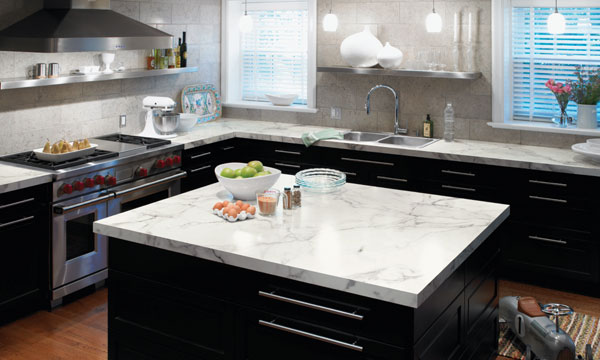
Factors to Consider When Determining Edge Style
Here are some factors to consider when determining the right edge style for your countertop:
- Durability – Ensure that the edge you choose has enough hardness and strength to withstand regular wear and tear.
- Material Compatibility – Certain materials may be incompatible with certain edge styles, so it is important to look into this before choosing an edge style.
- Design – Consider what kind of design you want in order to compliment your overall interior decor theme.
- Budget – Some edges may cost more than others, so make sure you take into account how much money you are willing to spend on the project before selecting an edge style.
Planning for Maintenance and Upkeep
When selecting a countertop edge, it is important to plan ahead for maintenance and upkeep. This includes:
- Cleaning – Depending on the type of edge material you choose, you will need to clean it regularly in order to ensure that it lasts longer and looks its best.
- Repairing – If your countertop begins to show signs of damage, you may need to repair or replace the edge style in order to maintain its aesthetic appeal.
- Sealing – Many edges require sealing in order to protect them from water damage and stains over time.
How to Choose the Right Edge for Your Countertop
Once you have taken into account all the factors mentioned above, it is time to select an edge style for your countertop:
- Consider the style of your kitchen – Different edge styles can create different looks, so make sure to consider what kind of overall look you want for your kitchen.
- Pick a material that fits your lifestyle – Different materials require different levels of care and maintenance, so it is important to pick one that fits with your lifestyle and budget.
- Find a professional installer – If you are unsure about how to install the edges properly, it is best to seek out a professional who can do the job right.
- Take into account safety concerns – Sharp or unfinished edges can pose risks to those in the room, so make sure to take this into consideration when selecting an edge style for your countertop.
Counter Top Edge Styles – FAQ
What are the different types of countertop edges?
Countertop edges come in a variety of styles, from angular and contemporary to soft and traditional. Some of the most common types include eased edges, bullnose edges, beveled edges, ogee edges, waterfall edges, mitered edges, demi-bullnose edges, chamfered edges and laminated countertop edging.
How do I choose the right edge for my kitchen countertops?
When choosing a countertop edge style for your kitchen countertops, it’s important to consider how much use your kitchen will get on a daily basis. Edges with sharp angles may look beautiful but are more prone to damage over time than softer rounded or ogee edged surfaces. Furthermore, the overall style of your kitchen should also be taken into account, as the edge can either enhance or detract from its aesthetic.
Are there any special considerations when selecting a countertop edge?
When selecting a countertop edge, you should also consider how it will affect the functionality of your kitchen surfaces. For example, beveled edges are popular for their sleek look, but they can make wiping liquids off the counter difficult and time-consuming. On the other hand, laminated edging or mitered edges provide more surface area to wipe up spills quickly and efficiently. Additionally, some materials may require particular types of edging that fit with its properties; for instance, softer granite surfaces typically require bullnose edging to prevent cracking.
Counter Top Edge Styles – Our Verdict
We’ve looked at a lot of different countertop edge profiles and options today – hopefully you may now choose a style of countertop edge that works for you. Kitchen designers recommend considering countertop material and overall kitchen designs before deciding on the type of countertop edge.
For instance, natural granite countertops might look better with certain edge styles while quartz countertops look better with completely different edge styles.
Apart from looking stylish, edge profiles should be such that it saves your cabinet face from any spills and damage. Different types of countertop edge will always have their own pros and cons, but it’s about finding the style that works well for you and your family’s needs.
So, whether you choose a half bullnose, a double ogee, or anything else, we hope you find the perfect countertop style for your home!

